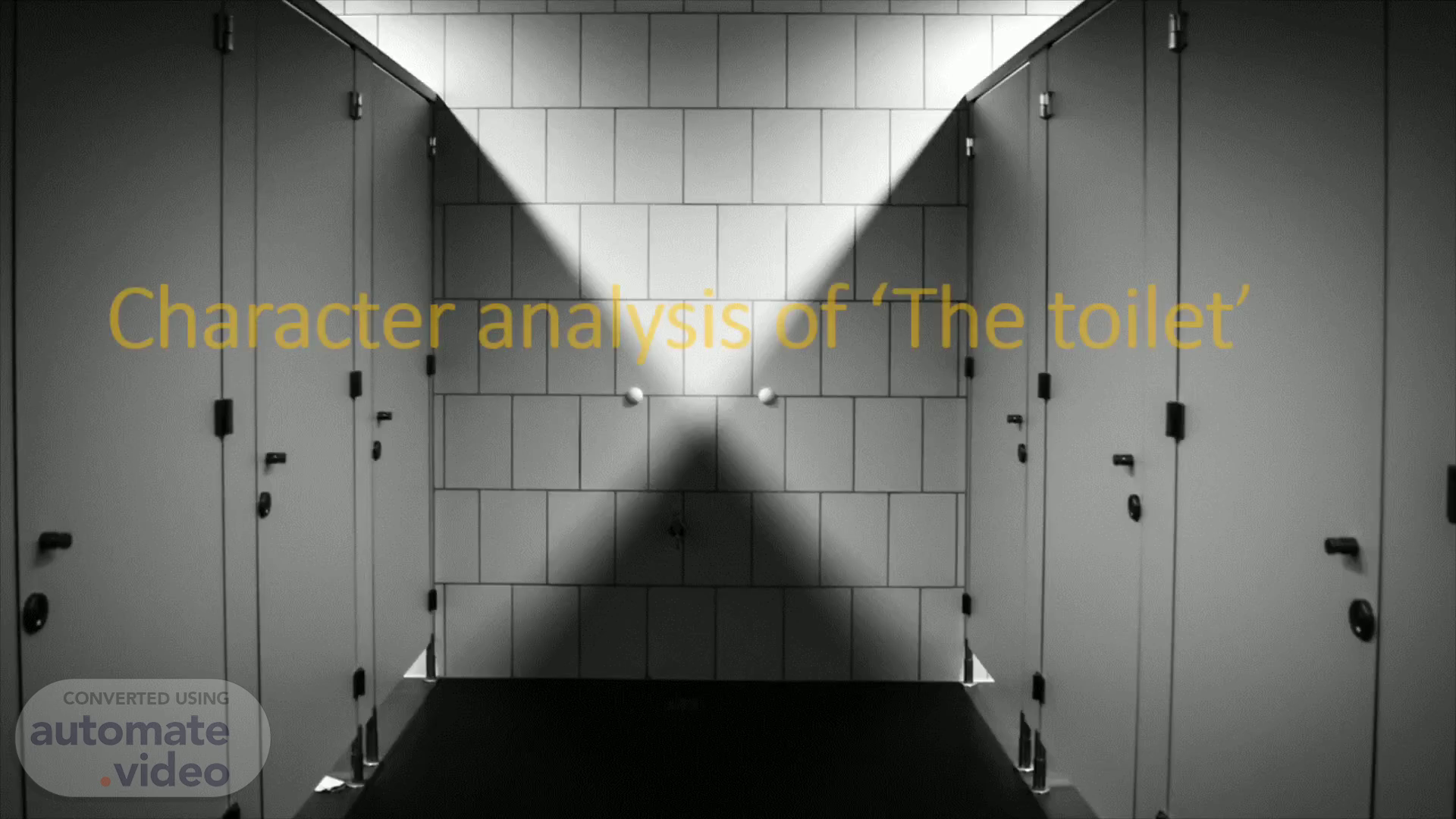
Page 1 (0s)
[Audio] Good morning everyone. I'm here to present an analysis of the main characters in the narrator's story, and how they influence and guide the protagonist's journey. We'll examine the advantages and disadvantages of each character, and how they contribute to our analysis of the protagonist. Let's begin..
Page 2 (21s)
[Audio] The protagonist, the narrator, is the focus of this presentation and analysis. A comparison of their reactions and interactions with other characters allows us to gain insight into the narrator's strengths, weaknesses and core characteristics. We will examine how Irene, the Madam and the Toilet act as foils to the protagonist, and how these relationships change as the story progresses. This exploration of the characters helps the reader to comprehend the protagonist's journey and motivations. Showcasing the narrator's strengths and weaknesses also helps us to gain a better understanding of the story and its conclusion..
Page 3 (1m 3s)
[Audio] The narrator is complex; she is not driven by external forces but instead by her own internal motivations. Conflict is shown between the narrator and her mother as they have different perspectives on values and attitudes. However, the narrator ignores her mother's pressure and opts to take her own path, willing to take risks to accomplish her aspirations. She is independent, autonomous and devoted..
Page 4 (1m 33s)
[Audio] Irene is a complex and intriguing character in the story. She is older than the protagonist, but is uneducated and never shows an interest in her sister's work. This establishes a power dynamic where she is intimidated by the Madam and must sneak her sister into the house rather than asking outright. In spite of their differences, she is still caring toward her sister and feels guilty for locking her in the bad room when she needs to go to work. This conflicting relationship between them adds a fascinating layer to the narrative..
Page 5 (2m 9s)
[Audio] She embodies the powerful white minority in South Africa, feeling the need to dominate those who are beneath her. Ignorant of the narrator's presence in her home, her lack of concern for the safety of her sister, Irene, is clear as she orders the narrator to leave with little consideration for the possible risks accompanying the order. Her unwillingness to call off her guard dogs as they attempt to attack the narrator speaks to her lack of empathy, a reminder of the hostile environment during apartheid. The Madam therefore serves as a symbol of the immense privileges and inequality that were commonplace in South African society..
Page 6 (2m 46s)
[Audio] The Toilet is given particular attention in the story, acting as a round character that offers the narrator a safe haven from the cold of winter and a place for her to go to reflect on her thoughts. It offers protection and an assurance of comfort, a source of solace to the narrator. The Toilet is far more than a mere character, it is a symbol of hope and security, providing the narrator with a sense of stability..